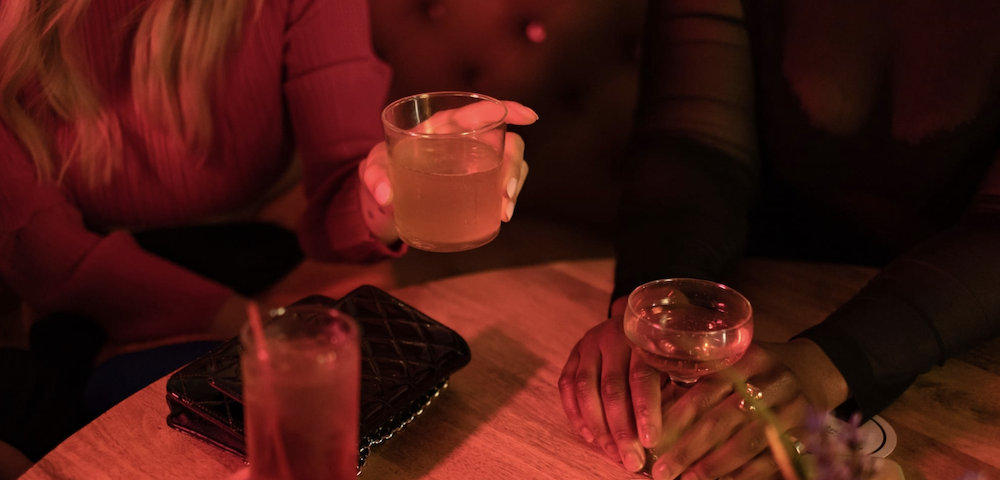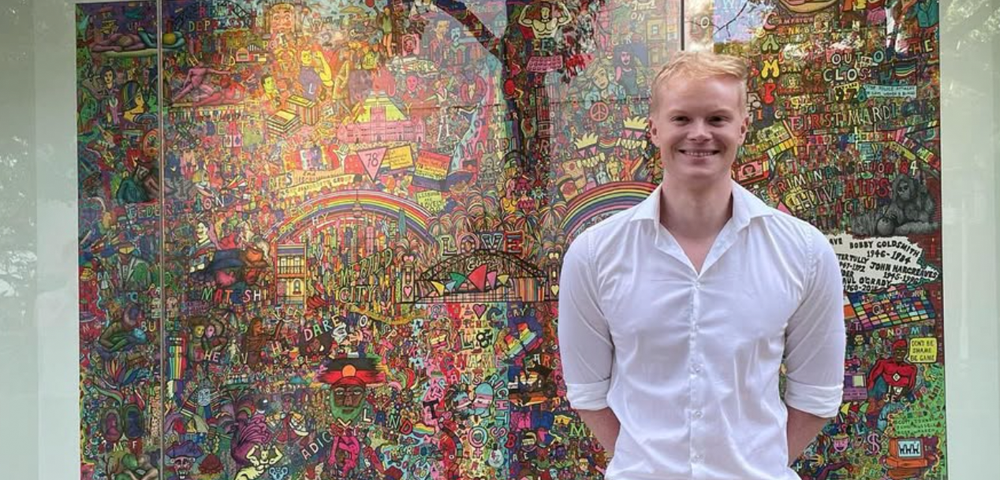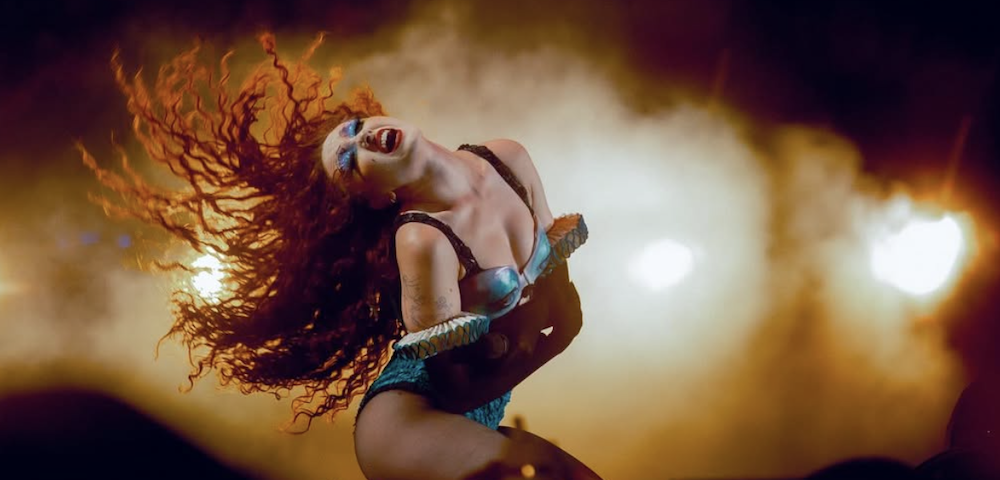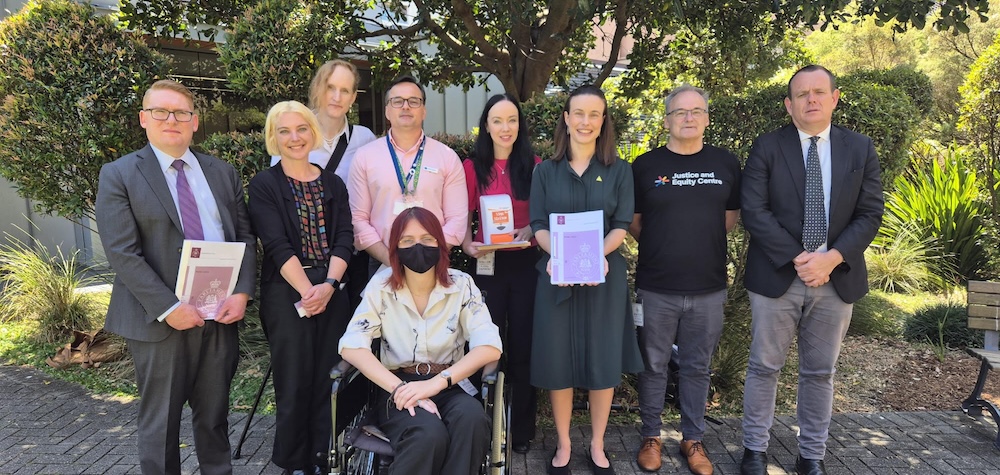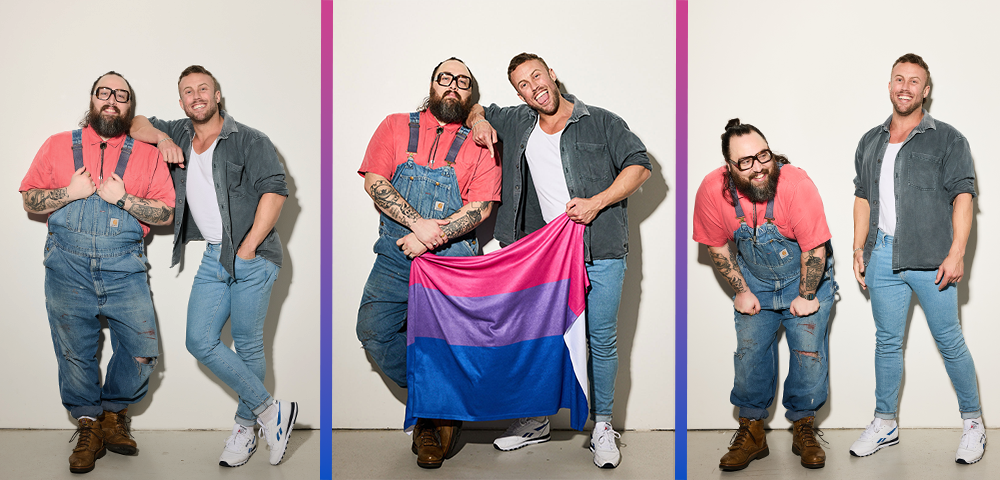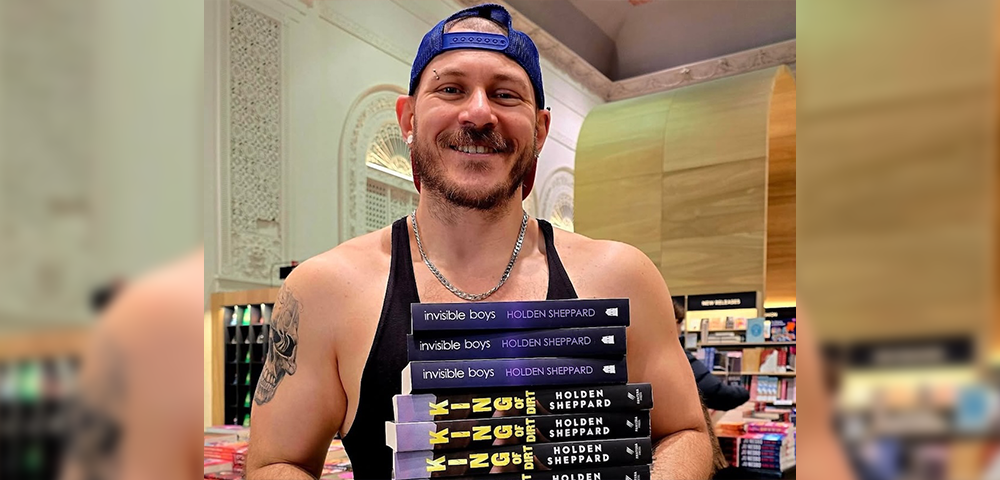
OPINION: Ritual Depictions

 I don’t know Shannon and Seema, but when pictures of their beautiful Los Angeles wedding started showing up all over the internet, boy did I want to. Their pictures, their party, their clothes, their decorations, their friends just made me want to know them. I wanted to be invited to that wedding. It felt like the promo shots for a new lesbian television series from the people who brought me Orange is the New Black and I, embarrassingly, I wanted a subscription to their life.
I don’t know Shannon and Seema, but when pictures of their beautiful Los Angeles wedding started showing up all over the internet, boy did I want to. Their pictures, their party, their clothes, their decorations, their friends just made me want to know them. I wanted to be invited to that wedding. It felt like the promo shots for a new lesbian television series from the people who brought me Orange is the New Black and I, embarrassingly, I wanted a subscription to their life.
Maybe because I am engaged to a South Asian woman and I am white, maybe because I am a lesbian, maybe because I am an engaged lesbian, maybe because such images are a relatively new phenomenon, I was sent a link to the album by about eight different people independently.
Over the next week or so this album, titled “Indian Lesbian Wedding,” began to pop up everywhere on the internet. Bloggers were reposting it everywhere. Facebook users were hearting it in droves. I wondered what it meant that people were so taken with this really traditional wedding that seemed exotic because of the ethnic mix and the fact that it was two chicks. Is that how people see me? And if this stranger’s wedding album had an odd attractiveness to me does that mean I see myself that way?
Our fascination with other people’s lives is no longer something we must indulge in private. We regularly cruise through photo albums of other people, looking in a detached way at their friends, their homes and even their nuptials. They’re merely pretty pictures, almost like lifestyle statements with which we silently agree or disagree as we peruse the possible lives we might create for ourselves.
There is a certain exoticism to any images of members the LGBTQI community participating in traditional rituals. It’s been so foreign for so long but now these images are being shown to us more and more and I’m starting to realize how seductive they can be. I think the reason the Shannon and Seema album was so popular was not because of its uniqueness but because of its generalness. That generalness made it possible for so many of us (brown, white, Hindu, hipster etc) to project ourselves onto those pictures and to get excited about an attractive depiction of queer participation in ritual life. But really, these pictures represent you or me no more than a circle on a triangle with two sticks at the bottom represents womanhood. It’s important we remember that, as more and more of these ritual images find their way in front of our hungry eyes.
Maxine Kauter is a musician, writer, cycling enthusiast and blowhard from Sydney. Her band, the Maxine Kauter Band, has performed around the country and is set to release a third album this year. Her writing has appeared across a number of blogs, including those of the Australian Museum and Royal Ontario Museum.
Facebook: www.facebook.com/
Twitter: @museophiliac




